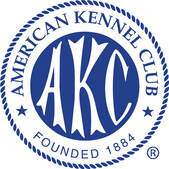Blog
I'm happy to share useful information below from training to medical to older dogs to feeding to ... well I tend to ramble so I've used bold headers so you can scan faster or use a control F search feature on your keyboard to find a word. I will attempt to organize this into categories. This blog is a work in progress so please bear with me. If you have a question you not see on our blog, please do contact us as you are probably not the only one and I will research and address it for you.
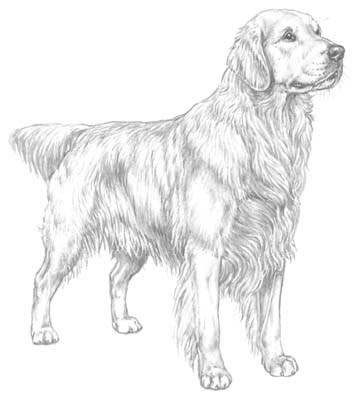
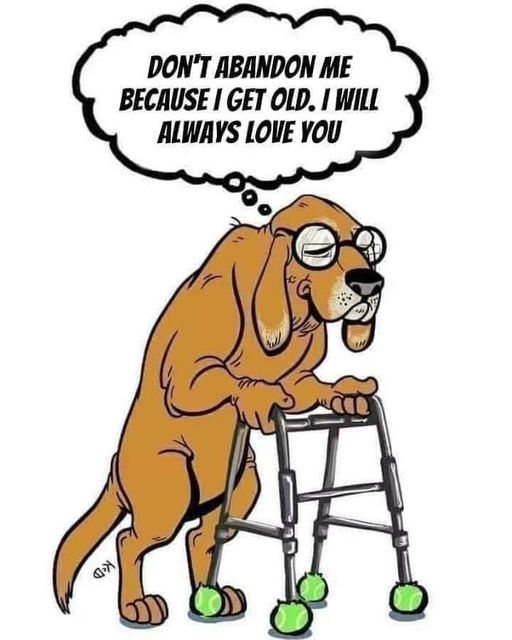
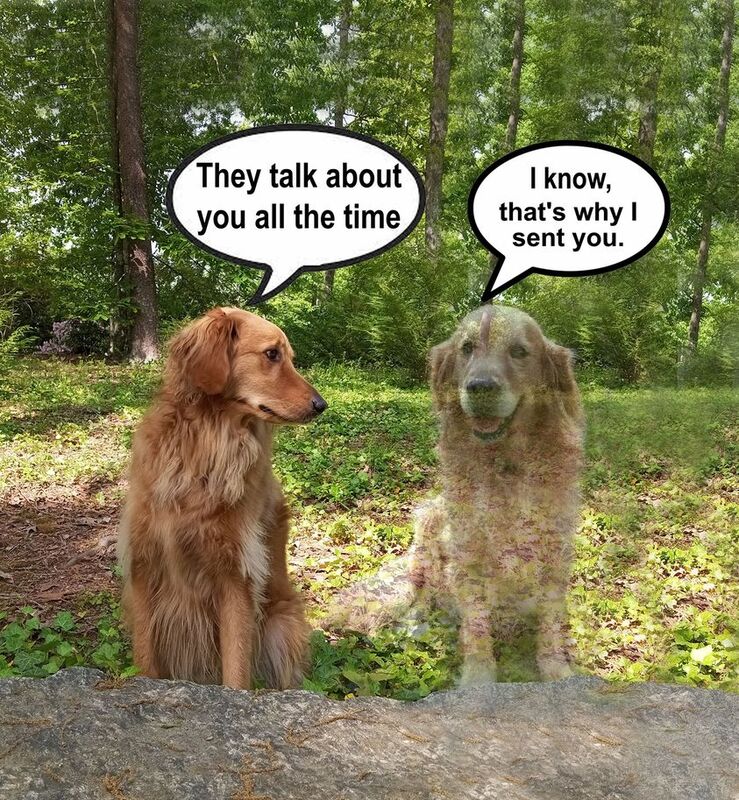
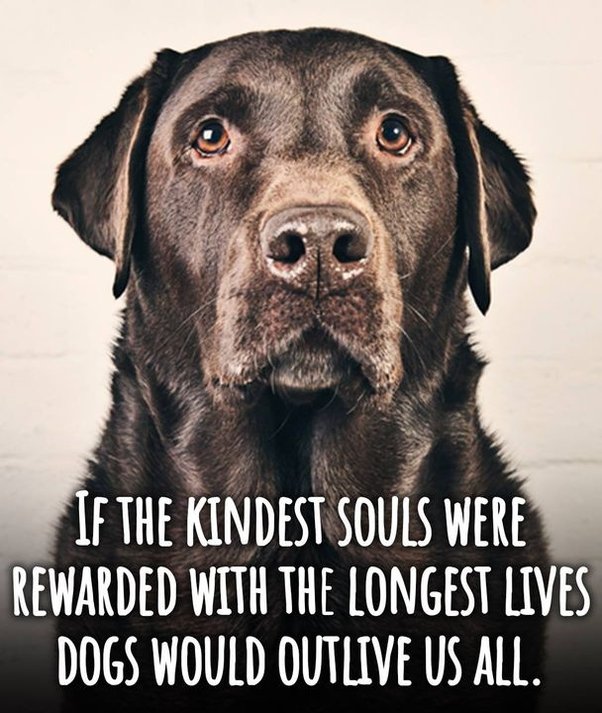


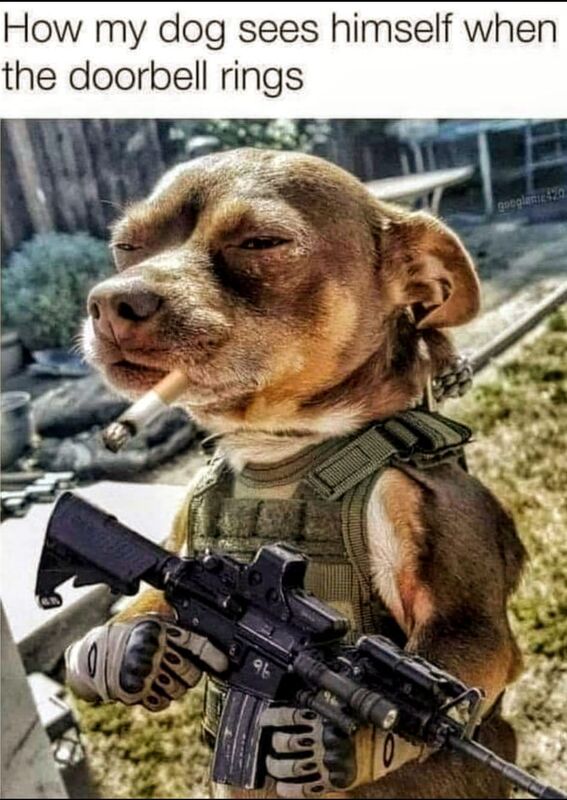

 RSS Feed
RSS Feed
